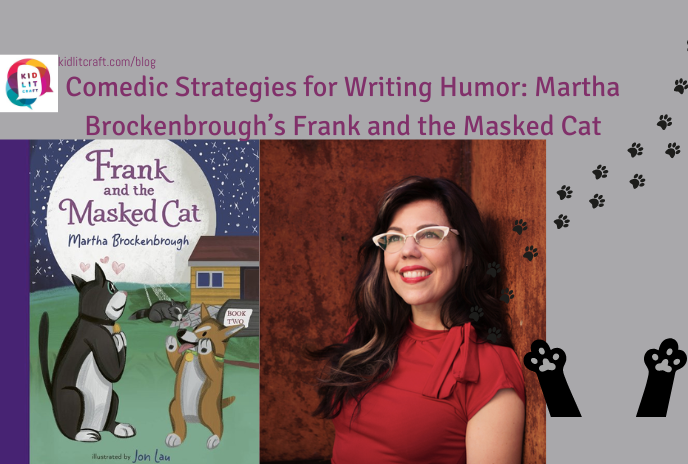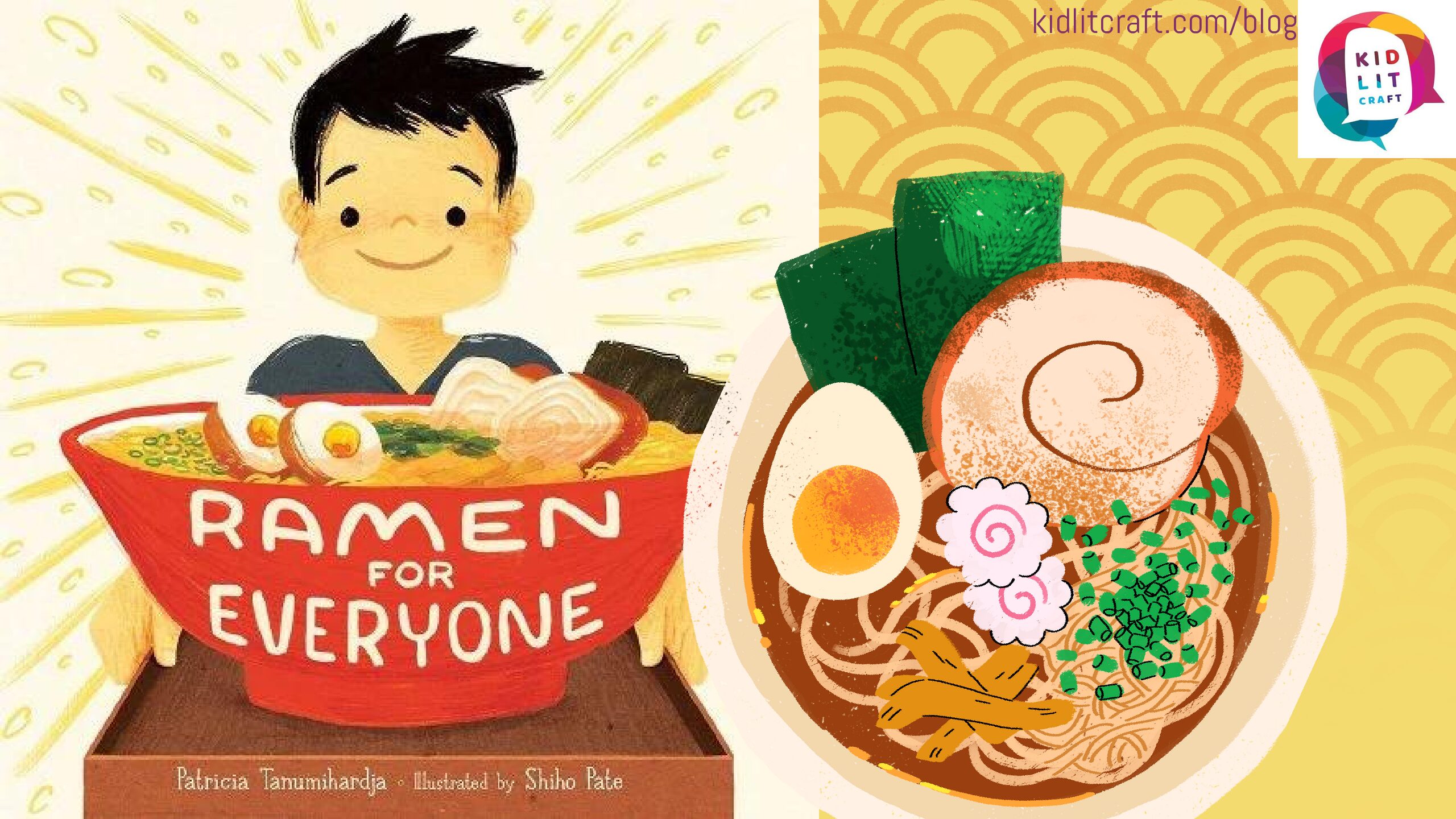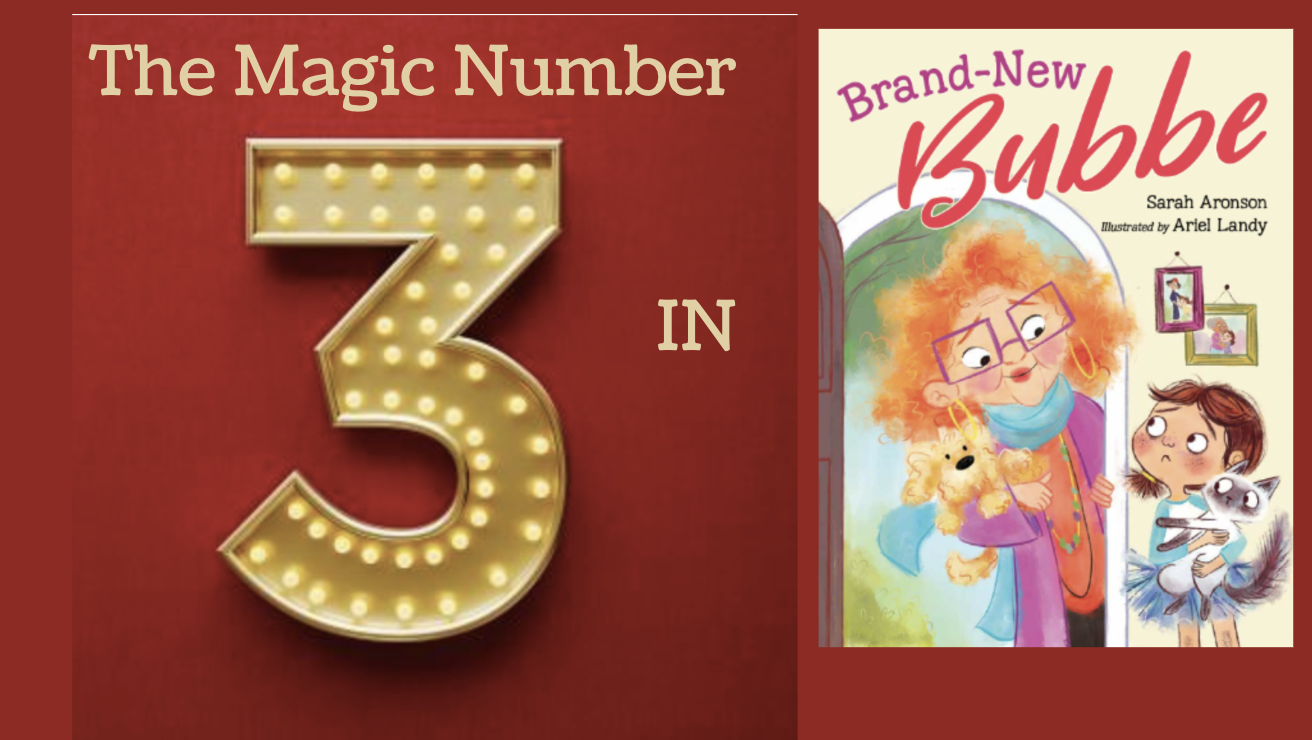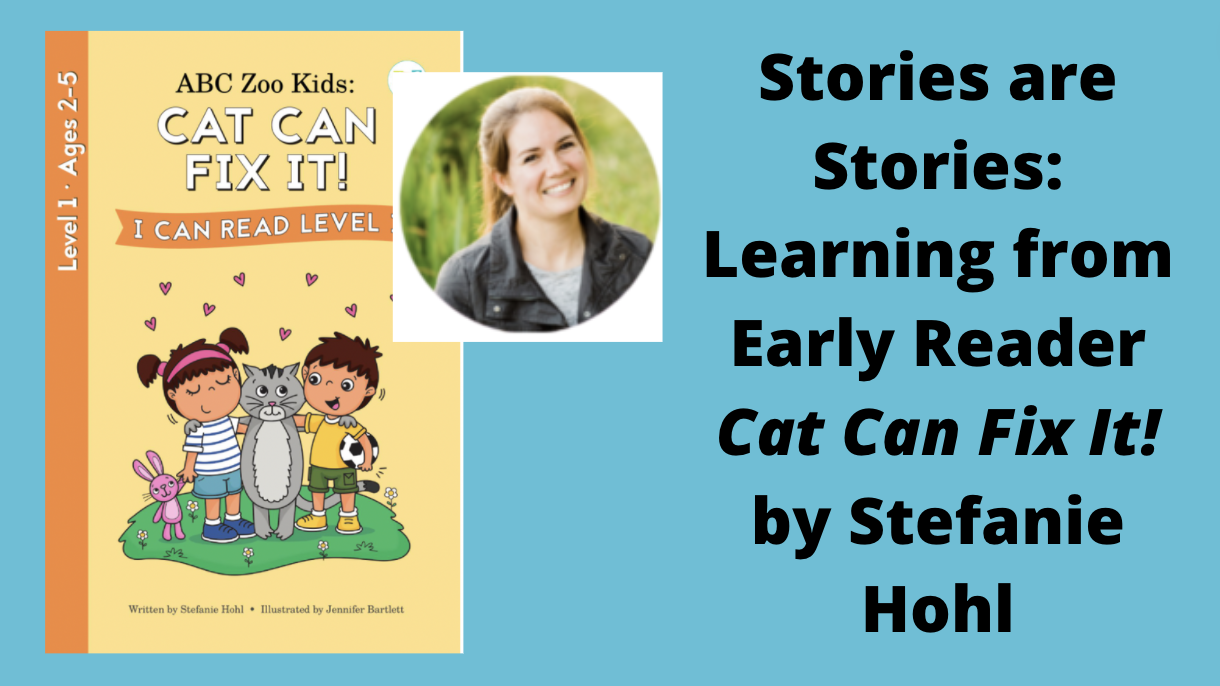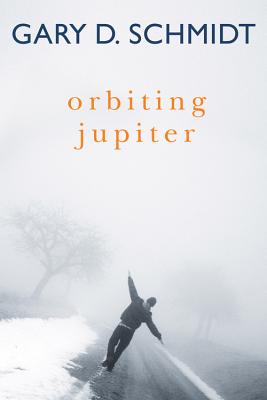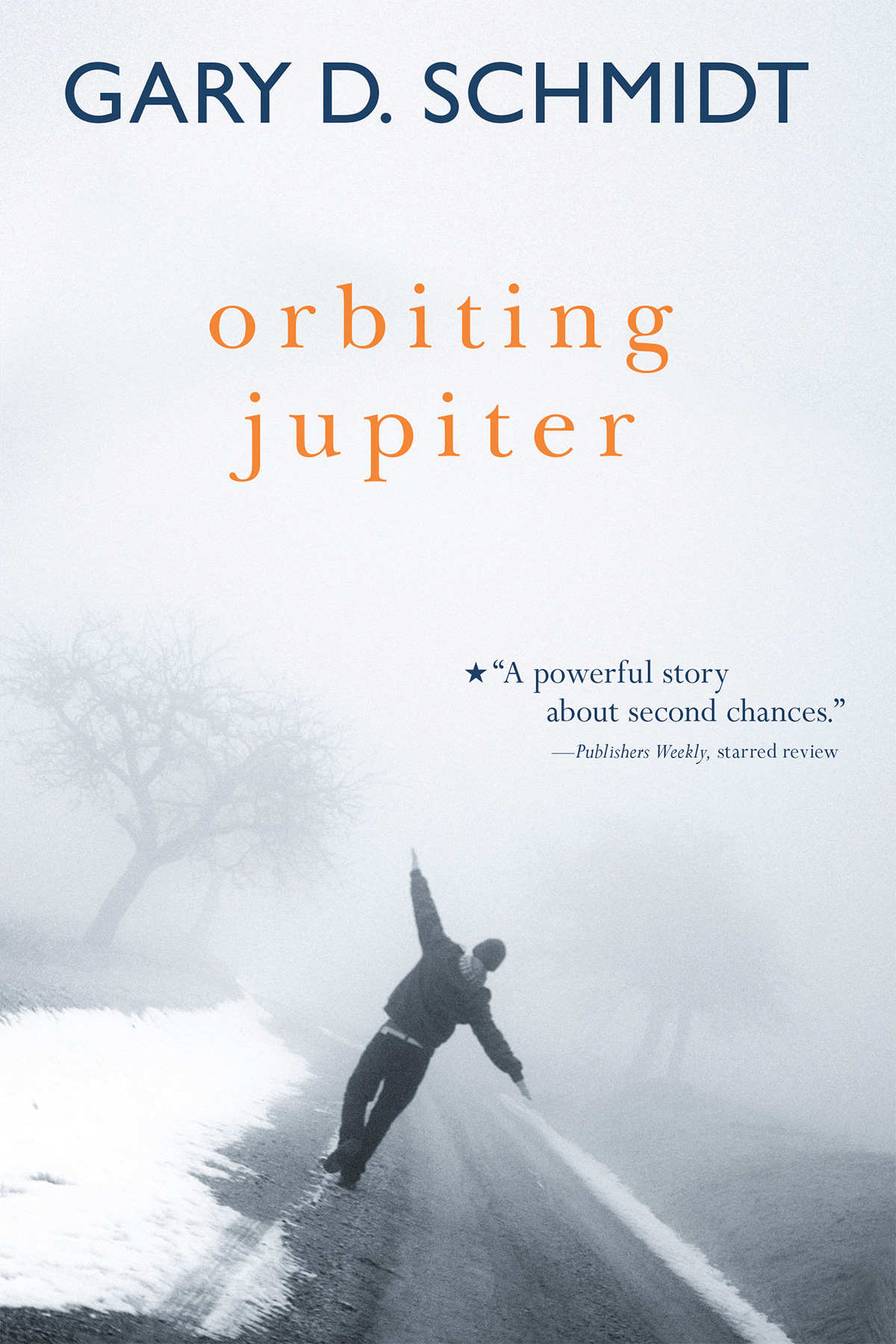hello!
JOIN US IN EXPLORING OTHERS' CRAFT AND BUILDING OUR OWN
Martha Brockenbrough’s chapter book Frank and the Masked Cat is objectively hilarious. By using situational humor, weird words, the juxtaposition of familiar words with unfamiliar uses, repetition, and multiple strategies at the same time Brockenbrough gives readers many layers of witty comedy.
Patterns can help shape a story, from the big-picture themes to the moment-by-moment actions. Giving kids the opportunity to “read” the patterns gives them practice in making meaning. And it gives them satisfaction in reading as well.
Numbers have power, magic, even. Not the abracadabra kind, but the kind that makes a reader sit up and pay attention even though they don’t know why. Sarah Aronson understands the power of the number three as a literary device and uses it masterfully in her picture book, Brand New Bubbe.
Just because you have to use simple words doesn’t mean the story has to lack emotion or depth. It’s challenging, but early readers can still use all the elements of story—character, plot, setting, etc. In fact, looking to early readers as a model, writers in other categories can see how efficient storytelling can be without sacrificing emotional depth.
Schmidt uses repetition throughout Orbiting Jupiter to evoke emotions in his readers.
craft review by Anne-Marie Strohman Gary Schmidt’s Orbiting Jupiter is a sparse text–a mere 181 pages–and it sits right between middle grade and YA, with its twelve-year-old narrator, Jack, and his fourteen-year-old foster brother, Joseph, at the center of the story. In tone and feel, it’s akin to Patricia MacLachlan’s The Poet’s Dog, an incredibly […]
